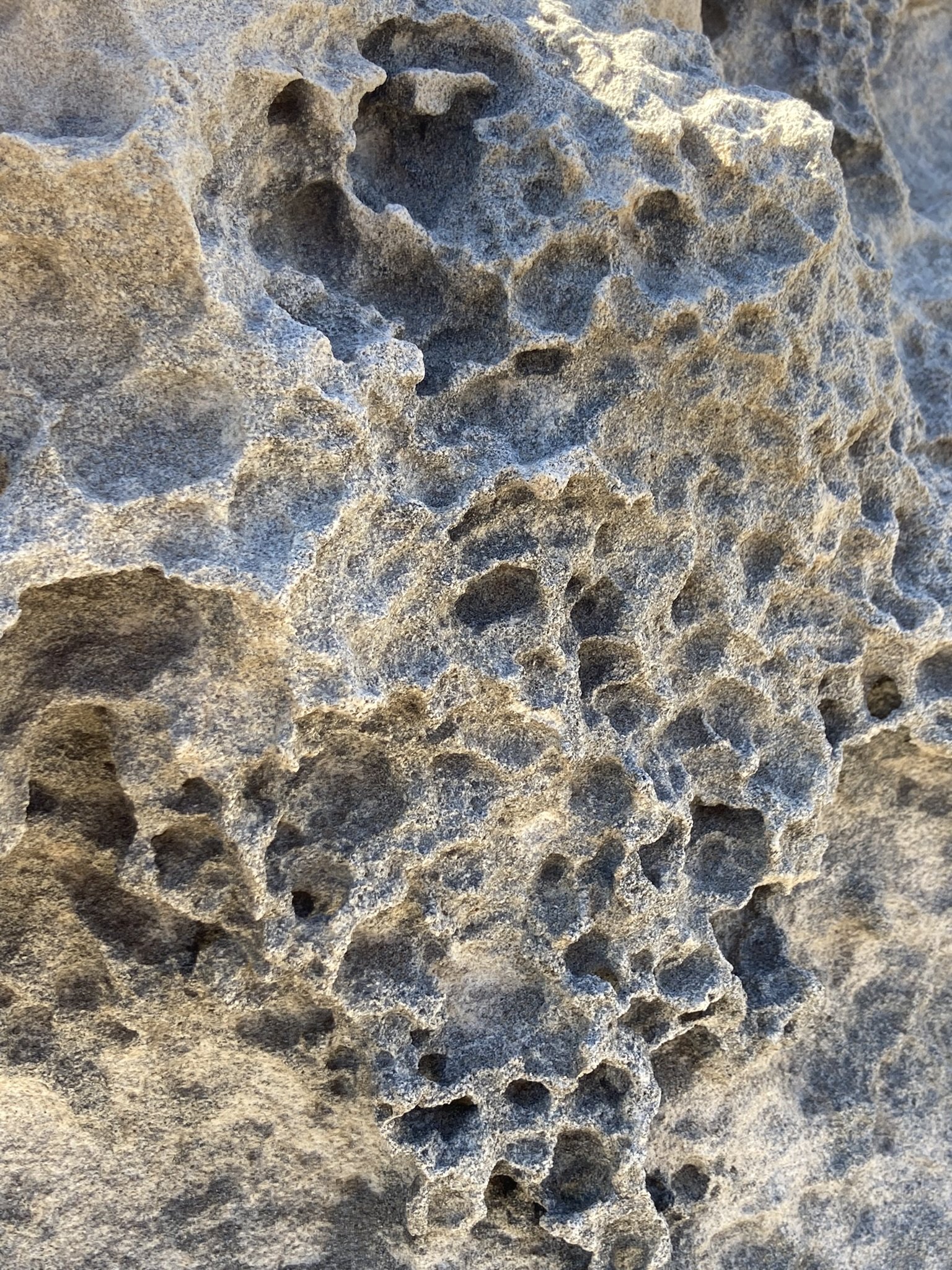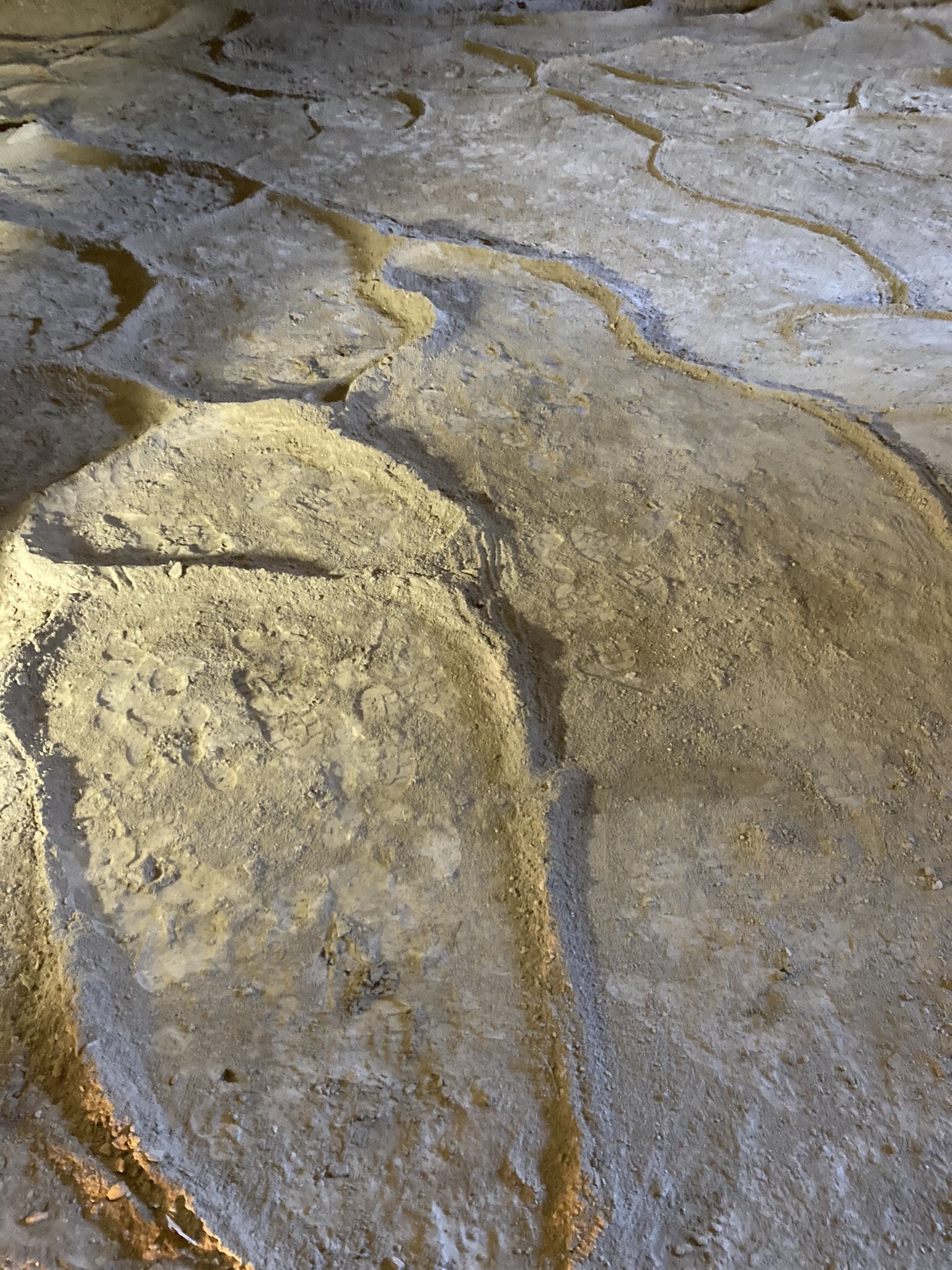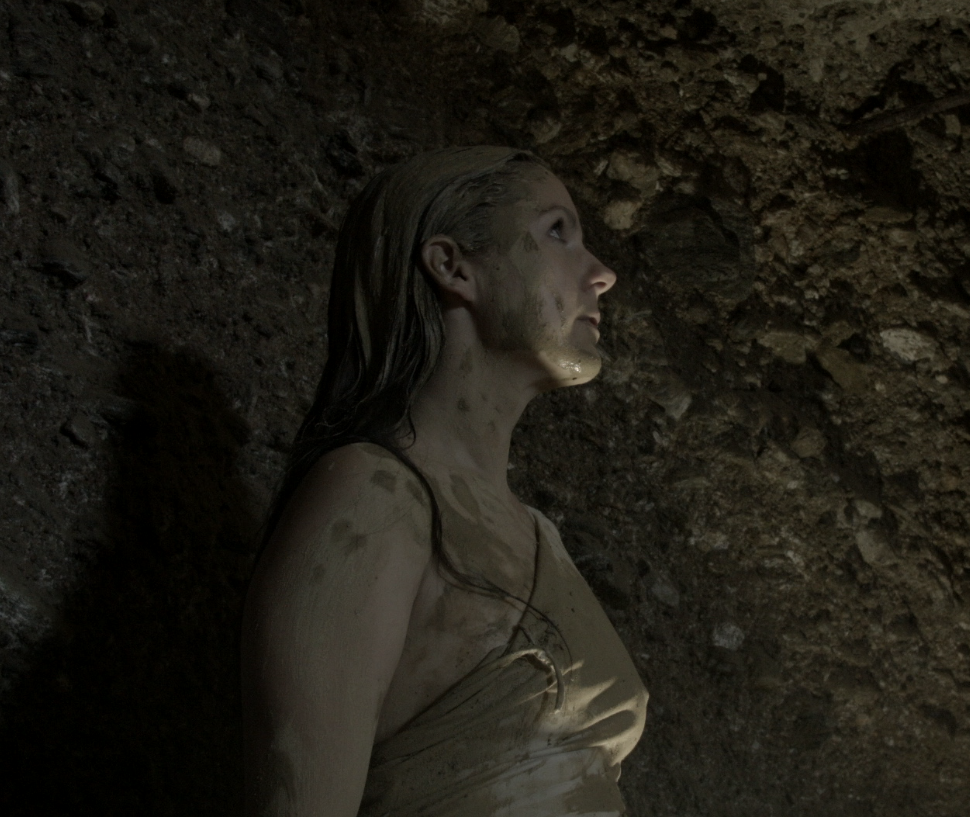CUEVA
The Cuevas of the Andalusian coast, particularly in Almería, are geological formations resulting from limestone deposits shaped by tectonic activity.
However, these Cuevas have been shaped also historical by humans since These caves have historical ties to migration of people from africa who inhabited the region and served as strategic dwellings, facilitating connections to Africa across the Strait of Gibraltar. ver centuries, inhabitants ingeniously transformed these caves into multi-functional spaces, serving not only as homes but also as storage facilities for crops and goods, and even as livestock shelters. This resourcefulness highlights the deep connection between human ingenuity and the natural landscape, making the Cuevas not just architectural marvels, but also testaments to the resilience of the communities that called them home.
Made primarily of limestone and sandstone, these caves provided natural shelter in the arid climate. Today, many are repurposed for tourism or residential use.One fascinating aspect of the Cuevas in the Andalusian coast is their adaptability to environmental challenges.
In a durational piece of 2 days the artist immersed herself in one of these caves, interacting with the remaining soil on the floor and exploring the narratives of absence and presence, which resulted in the artist reshaping on the floor of the cave the structures and geometries of sandstone.
A hybrid landart scultpure movement installation
Landart Julia FluxMovement Julia Flux
Videography Hamish Logan




